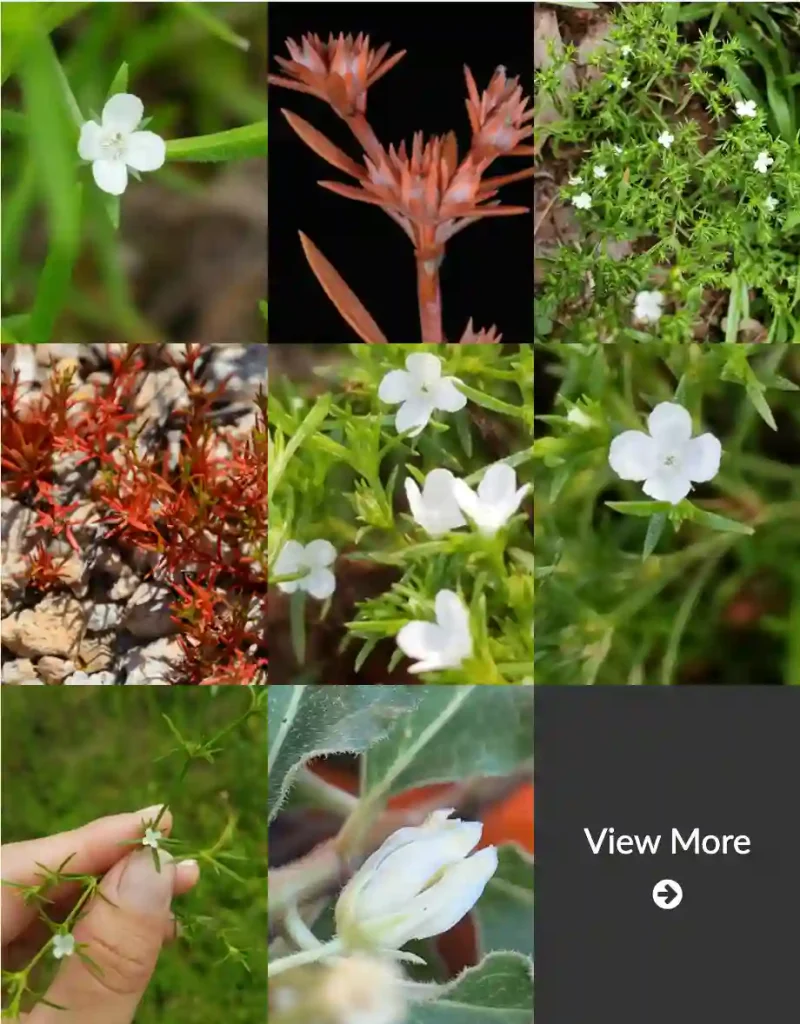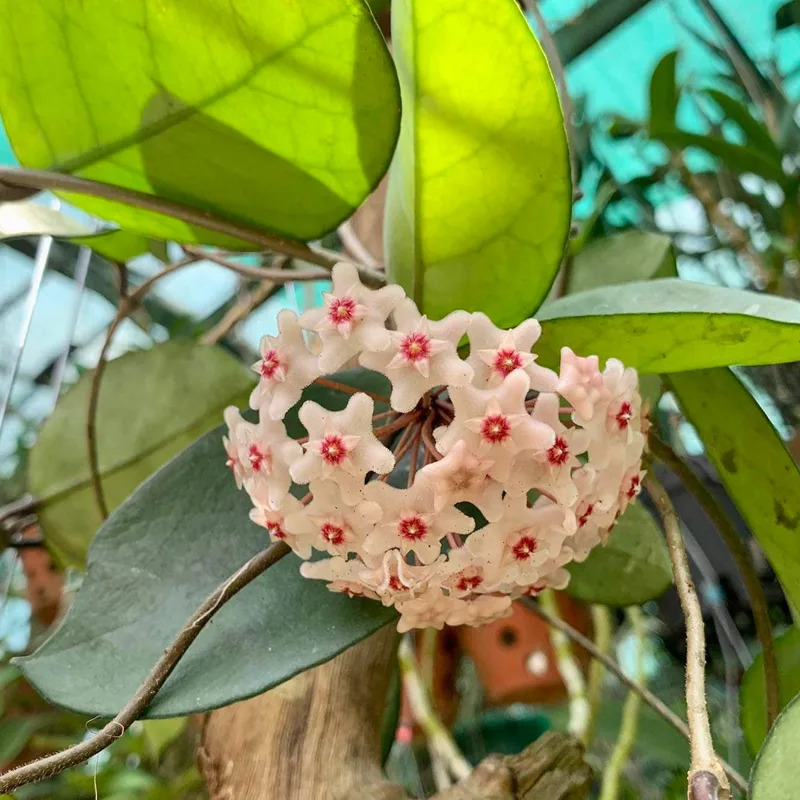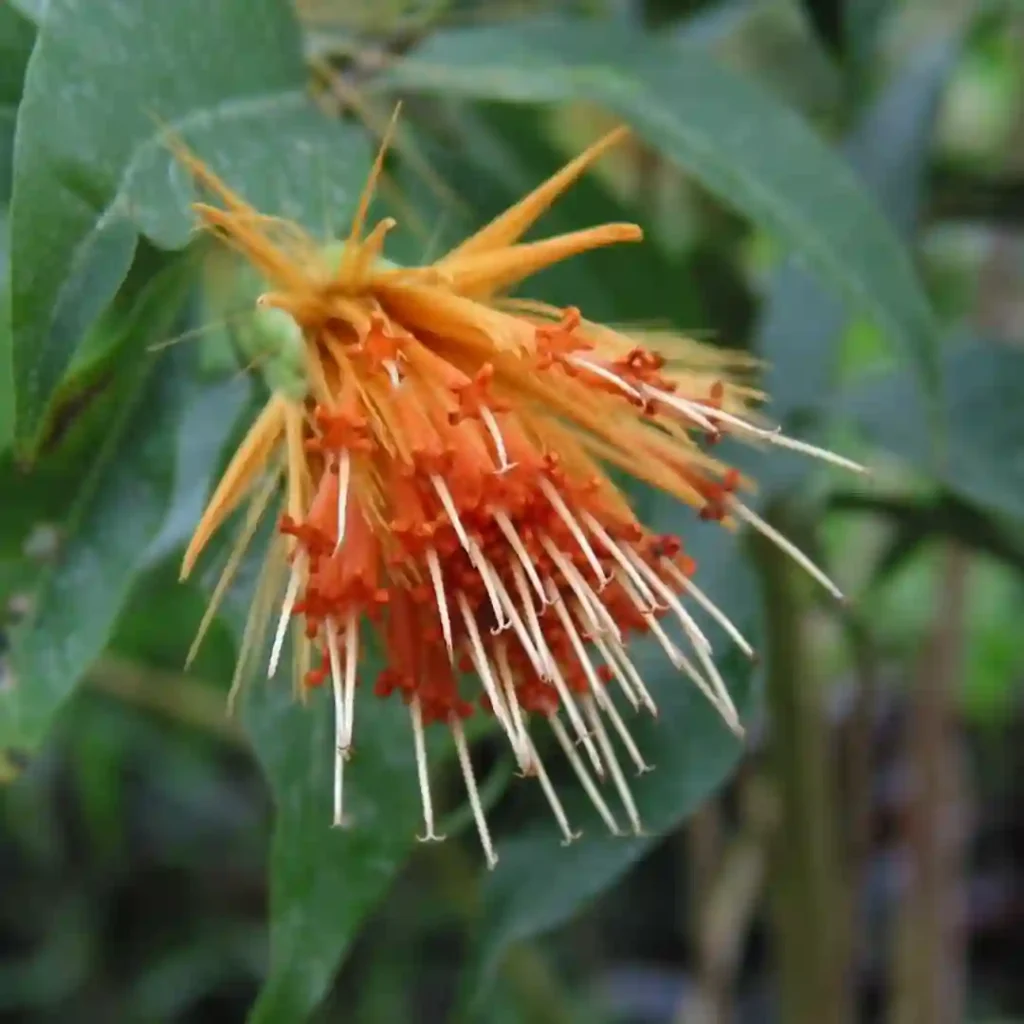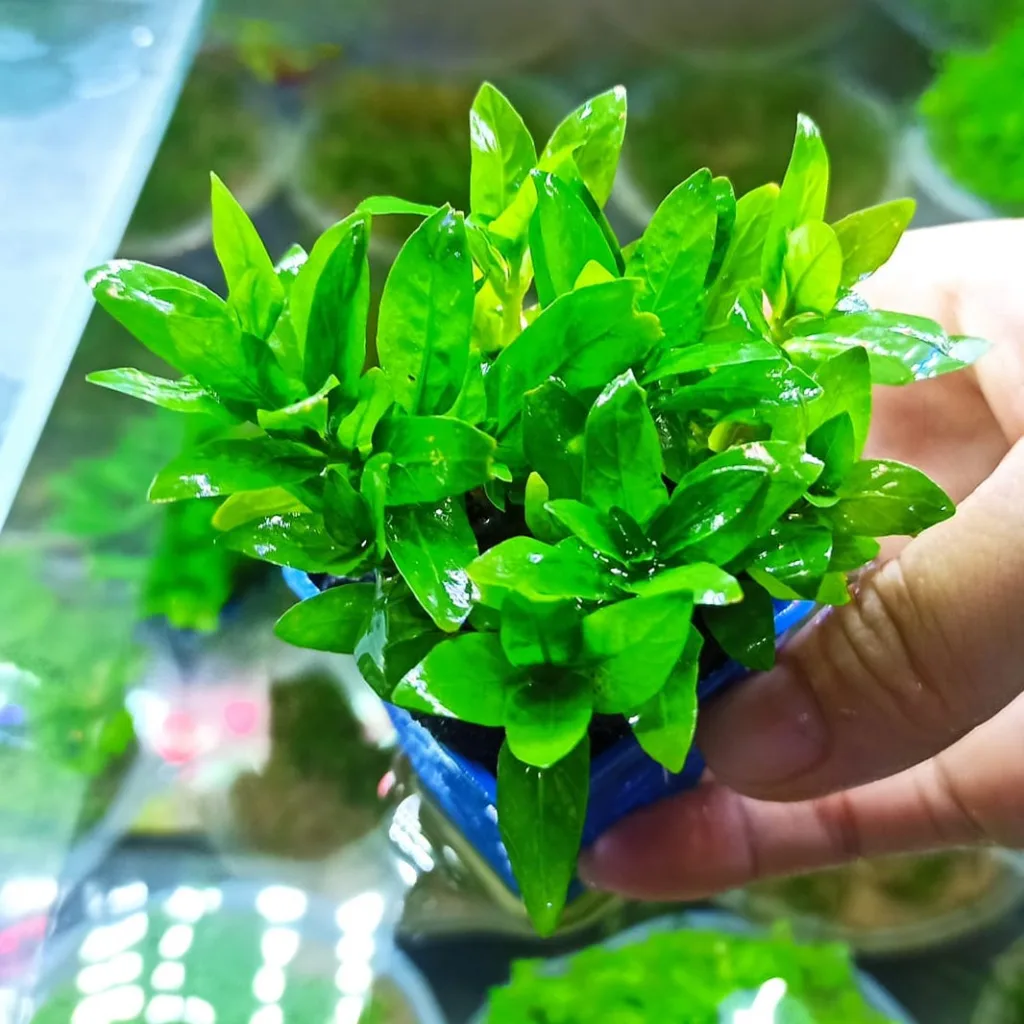Muscari Neglectum: The Little Bulb with a Big Impact
Hi there, Ferb Vu here! I’m a plant enthusiast with a particular fondness for the charming Muscari neglectum, also known as the common grape hyacinth or starch grape hyacinth. These little bulbs pack a big punch of color and character in the early spring garden. Today, I’m answering some of the most common questions I get about this delightful flower.
83 Species in Genus Muscari
What is Muscari Neglectum?
Muscari neglectum is a perennial bulbous flowering plant belonging to the Asparagaceae family, alongside asparagus and lilies. Native to Eurasia, it’s a low-growing gem that graces gardens with its grape-like clusters of tiny, fragrant blooms.
What Does Muscari Neglectum Look Like?
Think short and sweet. Muscari neglectum typically reaches heights between 5 to 20 centimeters. Its flower stalks emerge from inconspicuous, underground bulbs and are crowned with a dense raceme (a cluster arranged along a central axis) of bell-shaped florets. These beauties come in a stunning shade of deep blue, often tipped with a hint of white.
How Does Muscari Neglectum Compare to Other Grape Hyacinths?
There are over 40 recognized species in the Muscari genus, each offering a variation on the grape hyacinth theme. Here’s a quick comparison with a couple of close relatives:
- Muscari armeniacum: This Armenian grape hyacinth boasts vibrant cobalt blue flowers and blooms a little later than Muscari neglectum.
- Muscari botryoides: Also known as the Roman grape hyacinth, it features looser flower clusters and a wider color range, including white and pale blue.
Is Muscari Neglectum Easy to Grow?
Absolutely! Muscari neglectum is a gardener’s dream. It thrives in well-drained soil, tolerates both full sun and partial shade, and requires minimal maintenance. Just plant the bulbs in fall at a depth of about 8 centimeters and let them work their magic.
How Does Muscari Neglectum Care Work?
As promised, Muscari neglectum is remarkably low-maintenance. Here’s the skinny:
- Watering: Water regularly during the growing season, especially during dry spells. However, avoid waterlogging as it can lead to bulb rot.
- Feeding: Feeding isn’t strictly necessary, but a light application of balanced fertilizer in early spring can boost flowering.
- Deadheading: Once the blooms fade, deadhead the flower stalks to encourage healthy foliage growth. However, leave the foliage intact until it yellows naturally, as this helps replenish the bulb for next year’s display.
Where Can I Plant Muscari Neglectum?
The versatility of Muscari neglectum makes it a welcome addition to various garden settings. Here are some ideas:
- Rock gardens: Tuck them amongst your rocks for pops of color and charming textural contrast.
- Borders: Plant them along the edges of borders for a delightful low-growing border.
- Naturalized areas: Let them spread and naturalize in grassy areas or beneath deciduous trees.
- Containers: Their compact size makes them perfect for pots and window boxes, adding a touch of spring cheer to patios and balconies.
What are the Benefits of Planting Muscari Neglectum?
Beyond their undeniable charm, Muscari neglectum offers several benefits:
- Early spring color: They are one of the first bulbs to bloom, bringing a welcome splash of color when the garden is still waking up.
- Low maintenance: As mentioned earlier, they require minimal care, making them ideal for busy gardeners.
- Pollinator friendly: Their fragrant blooms attract bees and butterflies, adding to the biodiversity of your garden.
- Deer and rabbit resistant: These furry garden pests tend to leave Muscari neglectum alone.
Conclusion:
Muscari neglectum is a delightful little bulb with a lot to offer. Its ease of care, early spring blooms, and charming appearance make it a must-have for any garden. So, if you’re looking for a low-maintenance way to add a touch of color and fragrance to your garden, look no further than the Muscari neglectum!
If i die, water my plants!



